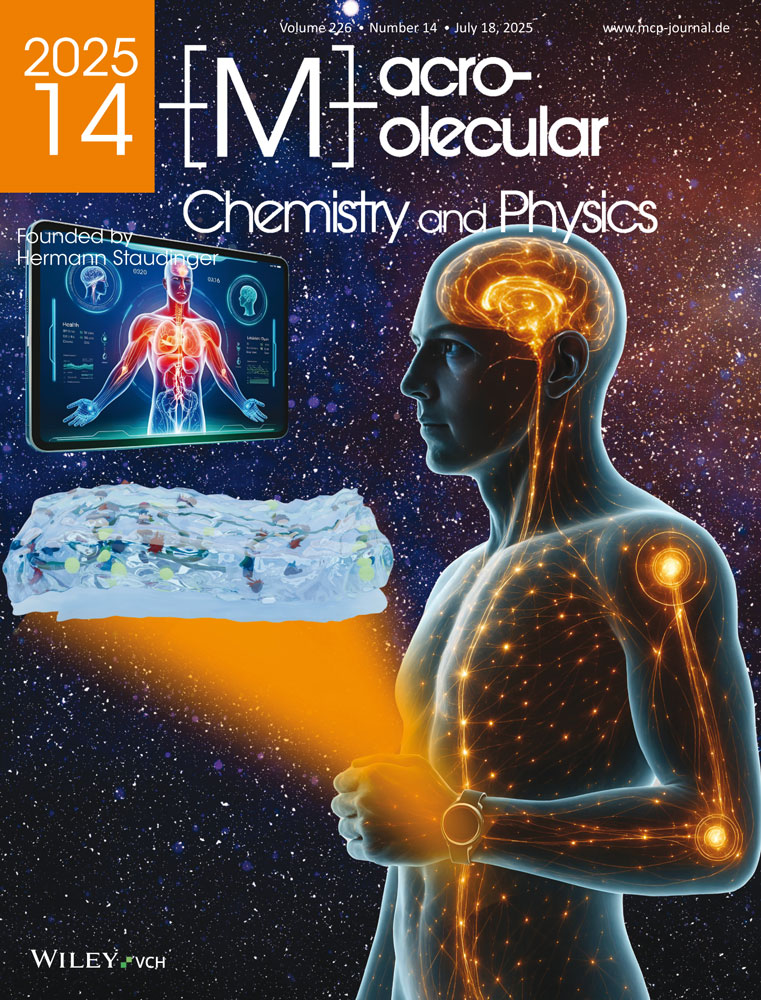Oriented Quiescent Crystallization of Polyethylene Studied by USAXS.
Abstract
Summary: In a series of papers the crystallization of a commercial polyethylene (PE) material has been studied by in situ ultra small-angle X-ray scattering (USAXS) and it has been found that the placement of crystallites is predominantly a random car parking process, dealt with in the field of random sequential adsorption. Here we investigate the secondary effect, the generation of order from the chaos, and characterize how lamellae agglomerate to form clusters. Owing to the chaotic principle, clusters are of different size and thus the nanostructure is, in general, heterogeneous. During isothermal crystallization, we only find order inside sparse clusters of lamellae. Globally the nanostructure resembles a random blend of these clusters. A geometric relation couples the number fraction of lamellae to the size of the cluster they belong to. More longitudinal order is achieved if the material is subsequently quenched. Amorphous gaps of favorable width act as nests in which thin crystals are preferentially generated (harmonic completion). Together with their neighboring parents they imprint excess order. During continuous non-isothermal crystallization we have observed that clusters with several members are selectively built from thinner crystals. Order is growing in the late state of crystallization. This violation of the common assumption of homogeneity makes the classic notion of a distorted lattice (convolution polynomial, paracrystal) become restricted to a subset of the global crystallite thickness distribution.





